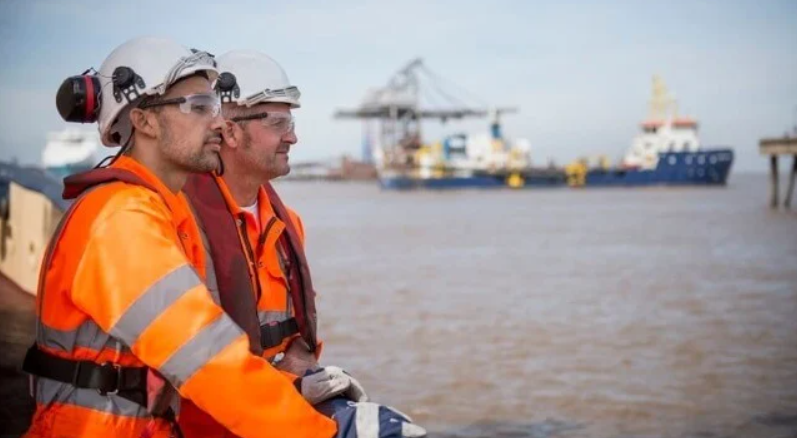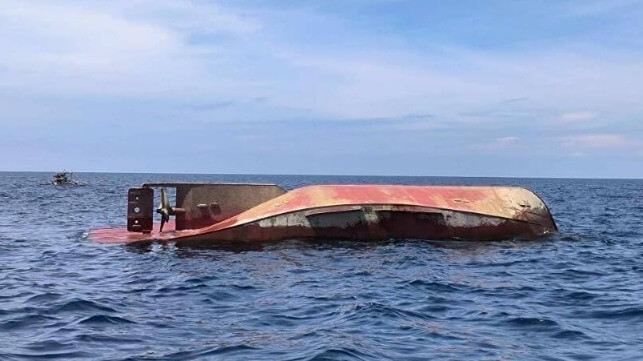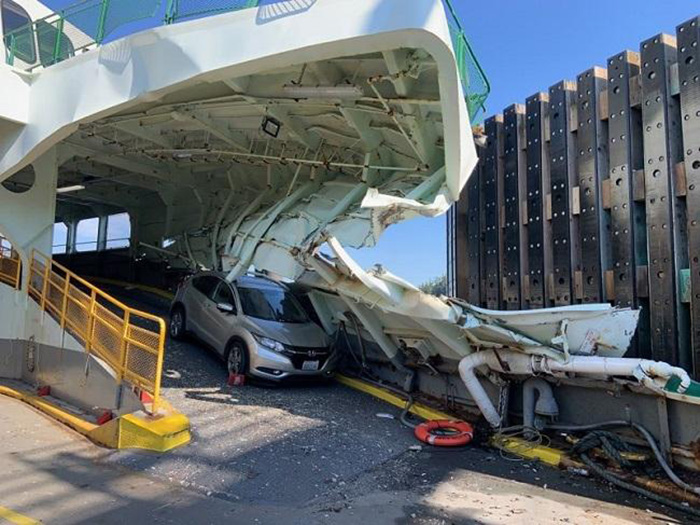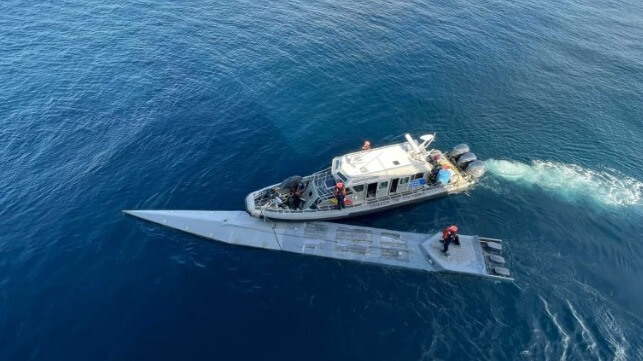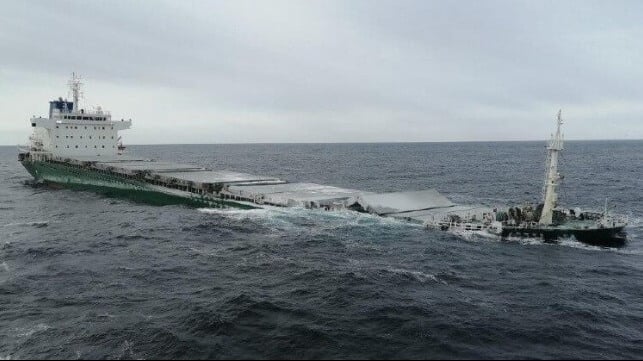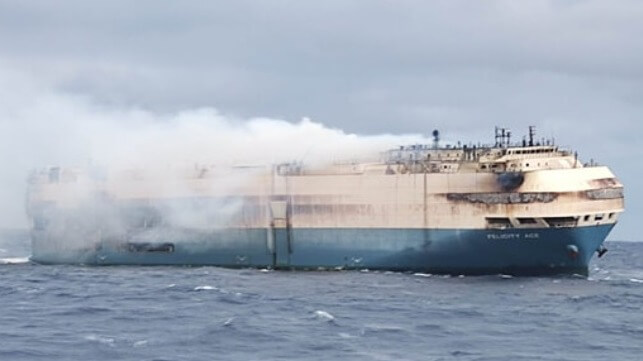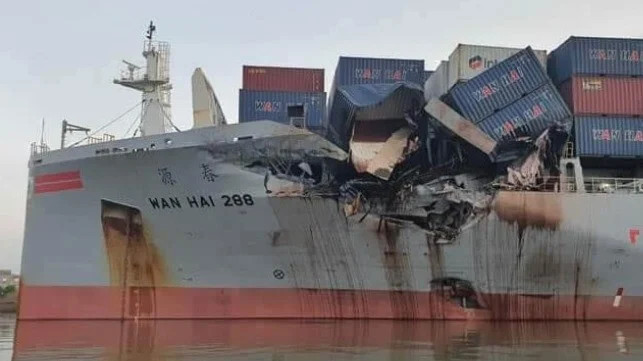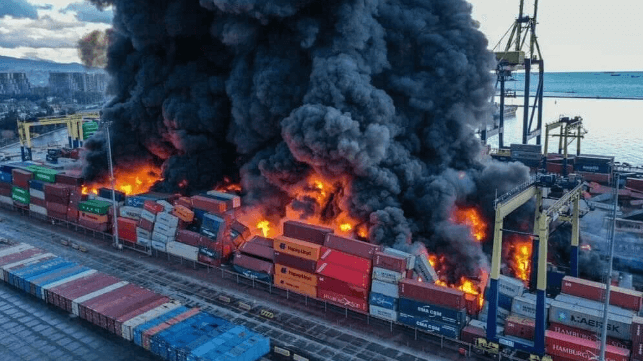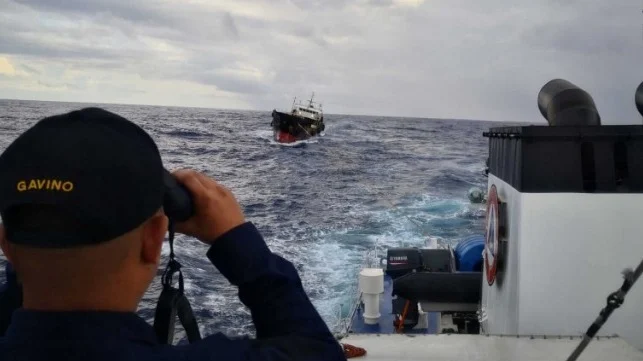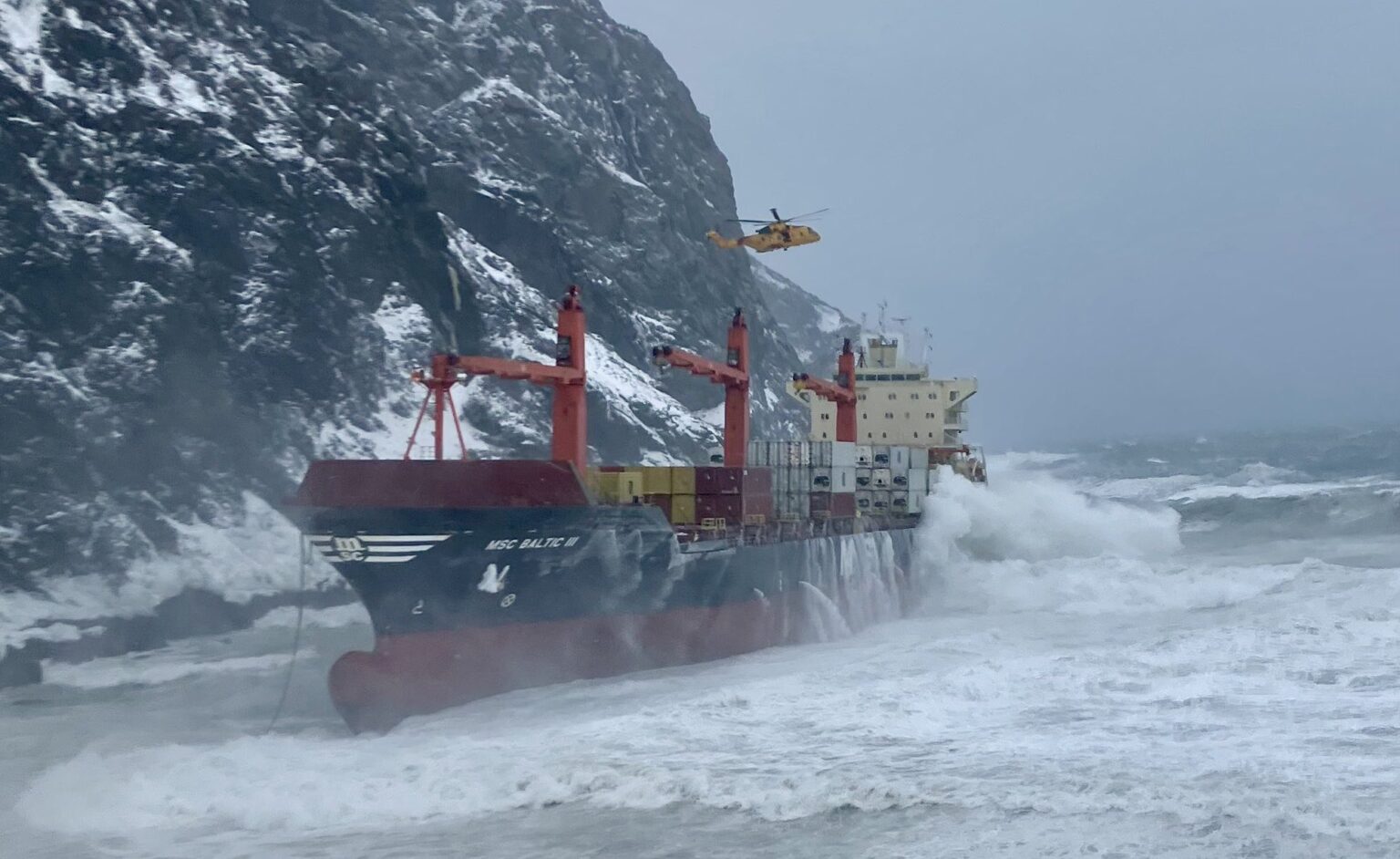
On 1 January 2019, 342 containers went overboard on the North Sea. 297 containers lost north of the Dutch island Ameland, the remaining containers some hours later north of the German island Borkum.
Safe container transport north of the Wadden Islands. Lessons learned following the loss of containers from MSC ZOE.
“The Wadden area must be better protected against the loss of containers on the shipping routes that pass the islands to the north. Research by the Dutch Safety Board has revealed that the shipping routes above the Wadden Islands during northwestern storm form a risk for large, wide container ships.
The Dutch Safety Board concludes that due to the value of the Wadden area, it is undesirable that these container ships choose the southern shipping route past the Wadden coast during a northwestern storm.”
MSC ZOE
In the night of 1 to 2 January 2019, the MSC ZOE with more than 8,000 containers on board was travelling from Sines in Portugal to Bremerhaven in Germany. North of the Dutch Wadden Islands, the MSC ZOE found itself in severe weather. The ship lost 342 containers and three million kilograms of cargo fell into the sea.
The cargo comprised a wide range of items and packaging materials that on the subsequent days washed ashore on the coastline of the Wadden Islands. This occurrence caused the Dutch Safety Board to initiate two investigations: a combined international investigation with Panama and Germany into the course of events of the accident and an investigation by the Dutch Safety Board itself into the risks on the shipping routes north of the Wadden area.
The investigation into the course of events has revealed that the MSC ZOE lost cargo at six locations. The extreme forces acting on the ship, the containers and the lashing systems as a result of specific conditions on this shipping route were the primary cause of the loss of containers.
Shipping route
Above the Wadden Islands there are two internationally designated shipping routes, a northern and a southern route. The investigation by the Dutch Safety Board has revealed that a combination of a number of phenomena means that on both the southern and northern shipping routes, there is a risk of loss of containers.
In storm-force northwesterly wind, vessels are confronted with high athwartships waves. As a consequence, large, wide container ships make extreme rolling movements.
On the relatively shallow southern shipping route, there is also a risk of seabed contact (grounding) due to the combination of vertical and horizontal ship movements.Moreover, waves can slam against the ship, and seawater travelling at high speed along the side of the ship can be forced upwards against the containers. These phenomena, individually and in combination, cause extreme forces to act on the ship, the containers and the lashing systems used to retain the containers. As a consequence, containers can break free and be washed overboard.
The Maritime Post




